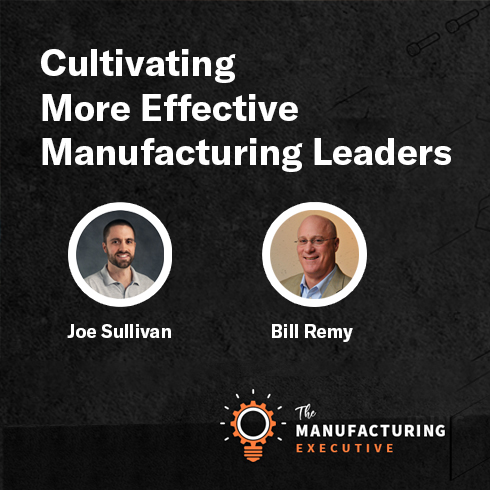Weathering the Great Resignation Requires a More Holistic Approach to Talent Management
In our recent conversation, The Tape Podcast hosts Paul Sweeney and Matt Miller dubbed the current talent crisis “one of the oddest economic outcomes of the pandemic.” And it’s not just manufacturers experiencing the frustration. With millions of people seemingly disappearing from the American workforce, leaders in all industries are struggling to find the talent they need to get the job done.
Manufacturers, however, feel the pain more acutely simply because remote working isn’t an option for shop floor employees.
As I discussed with Paul and Matt on the June 8th episode of the Bloomberg podcast, executives need to think about talent issues from new angles. Here are a few of the highlights from our talk on hiring and retaining workers:
- The Covid curtain must come down, especially in organizations where some employees have no choice but to work on site.The work-from-home trend that exploded during the pandemic is probably going to be around for quite some time. However, in industries like manufacturing where a good portion of the workforce needs to report in every day, these policies exact a significant toll. They erode the connection between the shop floor and top floor, a topic I unpack in detail in the article, Your Severed Top Floor/Shop Floor Connection is Costing You More than You Think. But TBM isn’t the only organization that’s on to this problem. Elon Musk’s recent mandate for Tesla office workers to return in person is based on this very reality. His comments underscore the point that senior managers need to be interacting daily with the people who are actually doing the work to drive results and numbers.
- Culture needs to become central to the hiring strategy. Workplace culture took a serious hit when office workers packed up their laptops and headed for home. While bringing all employees back in person can go a long way toward righting this, cultural considerations warrant even greater attention right now. We recommend considering culture on the front end of the process. It should drive the hiring strategy, so that companies seek to hire people who fit the culture and then work to completely integrate new associates into the workplace. This has been a big miss for many companies and has cost them considerable ground as they look to compete for talent in this extremely tight labor market.
- Wages matter. But they won’t keep people long term. At the beginning of this crisis, many companies did a wage analysis and have made adjustments to become more competitive. This helps bring people in the door, but people won’t stay long if the culture isn’t right or if other critical pieces are missing from the equation. This means that revamping compensation structure is merely a first step in the solution. Leaders need to think creatively about what the workforce really wants, and often values more than money. And the answer varies depending on the different levels of experience companies need to attract. While younger employees are often looking for flexibility, upward mobility, and amenities like onsite gyms and childcare, more veteran employees desire greater stability and bigger contributions to the 401K. Leaders need to consider these dynamics and factor them into their talent strategy if they want to successfully appeal to the diverse workforce they need.
- The current situation may be an opportunity for rightsizing. Several notable job cut announcements are pointing to a shift in the talent market. Right now, employees own the market. But if economic conditions lead to increased layoffs, some of the power may shift back to the employers. In the meantime, companies many want to put some thought into where they may have dead weight or are holding onto labor that is not bringing results vs. where they need additional muscle and horsepower to succeed in the current economy.
Listen to recording of Shannon's interview on Bloomberg Radio Below:
Prioritizing People isn’t Optional
As the Bloomberg hosts emphasized, it’s not really clear where a major chunk of the American workforce has gone. But what is crystal clear is that companies—and manufacturers in particular—need to make talent strategy a top priority. Anything you can do right now to better understand what drives the people driving your numbers is well worth the effort. Start by emphasizing culture and the top floor/shop floor connection. And give your company the edge it needs to find the best people for the job.





